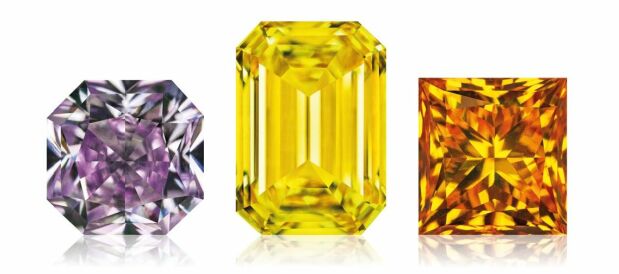| Autumn News from the World of Natural Fancy Coloured Diamonds |
 |
| In this Edition: |
 |
|
|
|
Dear Customers, Dear Friends of our Natural Fancy Coloured Diamonds,
How quickly time flies!
After a hot summer, autumn has arrived, and we are already starting preparations for our Christmas business. Despite the turbulent times the world is currently experiencing, we hope that you are looking forward to the new season with just as much motivation as we are here at Kulsen & Hennig and Dominik Kulsen AG. We look forward to introducing you to some of our new treasures and continuing the FANCY ABCs. |
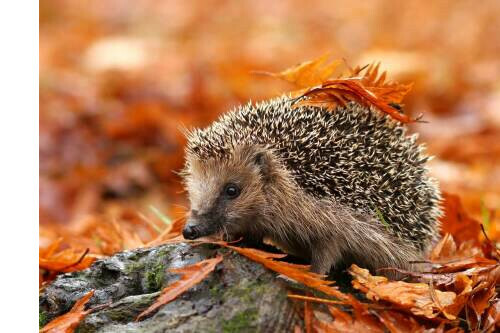 |
Here's wishing you a great start to a pleasant autumn season filled with the scent of chestnuts, the bright autumn sun, and much pleasure reading!
Your teams from Kulsen & Hennig GbR and Dominik Kulsen AG
Juliane Hennig
|
|
Diamonds with a pure orange colour are very rare in nature.
Orange diamonds with yellow and/or brown secondary colours are more common, especially in "Deep" shades. Yellow as a secondary colour gives the stone a bright colour, whereas brown creates a deeper hue. Pink and red secondary colours are much rarer. |
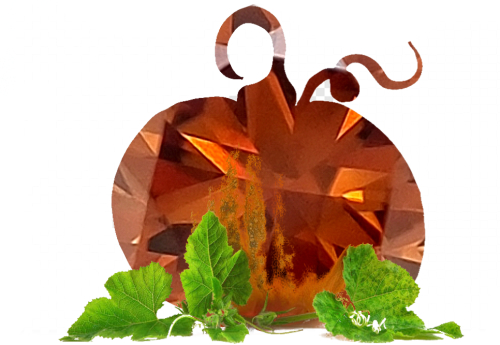 |
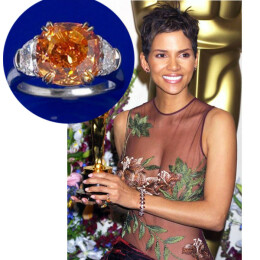 |
The most famous orange diamond is known as the "Pumpkin Diamond". Although at "only" 5.54 ct it may seem relatively small compared to other well-known diamonds, it is in fact the largest diamond in the world ever to receive a "Fancy Vivid Orange" grading by the GIA. What makes it especially unique is its bright and, at the same time, intense, colour and the total absence of any secondary colours. Found in the Central African Republic with a rough weight of 11.00 ct, it was later cut by Willliam Goldberg. On 30 October 1997, it was finally bought by Harry Winston at a Sotheby's auction for 1.3 million dollars. |
Since then, its value has increased many times over. Winston had the diamond set in a ring with two crescent-shaped white diamonds flanking it on either side. The extraordinary diamond gained international fame when Halle Berry wore the beautiful orange diamond ring at the 74th Academy Awards in 2002. There, she delivered her speech as the first African American woman to win an Oscar for Best Actress. To this day, the picture of her holding her Oscar with the orange diamond ring sparkling on her pinkie finger is known the world over. A year later, the diamond was removed from its setting and displayed in the Smithsonian’s "The Splendor of Diamonds" exhibition.
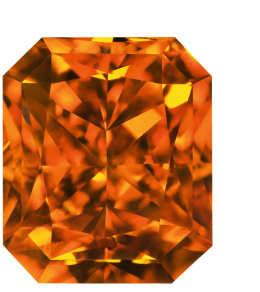 |
The main cause of colour in orange diamonds is the presence of nitrogen atoms in the crystal lattice. There is a distinction between the Type Ia diamond with nitrogen atoms in groups and the rarer Type Ib, in which a nitrogen atom replaces a carbon atom in the crystal lattice. Most orange coloured diamonds come from Africa, with particularly exceptional stones having been found especially in Sierra Leone in the Zimi mine. Other deposits have also been found in Russia, Brazil, and Australia. |
Radiant
Fancy Deep Brownish Yellowish Orange
Link to the colour chart for orange diamonds
|
|
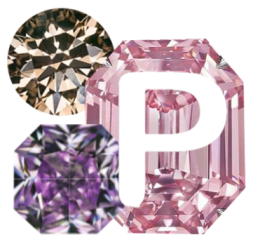 |
Pink coloured diamonds are as sought after as they are rare.
A diamond is called pink when red, purple, and orange colours combine. So, although pink is really more a blend of these colours than an actual colour in its own right, the term is commonly used to describe any colour that appears "pink" to the eye. |
From "Light Pink" to "Fancy Vivid Pink", all colour intensities can occur. In the unusual case of an even higher intensity and colour depth, the diamond colour "Fancy Deep Pink" becomes "Fancy Red". As this has only been the case in a handful of mined diamonds, red remains the rarest diamond colour in the world.
Pink diamonds owe their appearance to a distortion in the diamond’s crystal lattice. A shift in the lattice planes occurs under great pressure and heat after the diamond is formed. In many pink and brown diamonds (primarily from the now closed Argyle mine), a grain produced by this irregularity can be observed under tenfold magnification. These shadow-like lines, also called graining, can be visible on the surface or inside the diamond.
|
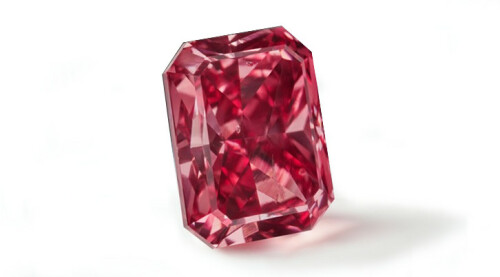 |
Exciting Find - The Lulo Rose
In Angola, miners have discovered a record-breaking pink diamond. It is the largest pink diamond found in 300 years. Although the 170.00 carat stone still needs to be cut to reach its full value, it is expected to fetch several million dollars when it is auctioned.
The find is a Type IIa diamond - this category includes particularly rare and pure stones. |
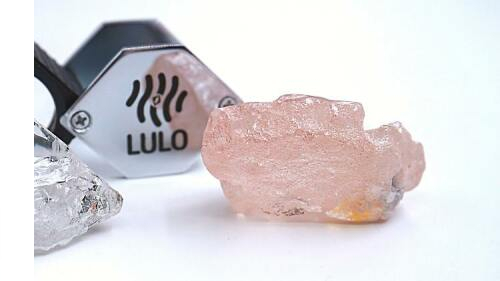 |
Similar pink diamonds have achieved record prices in the past. The current record is held by the 59.60 carat "Pink Star" diamond, auctioned in 2017 in Hong Kong for 71.2 million dollars (equivalent to 66.7 million euros at the time).
Link to the colour chart for pink diamonds
|
|
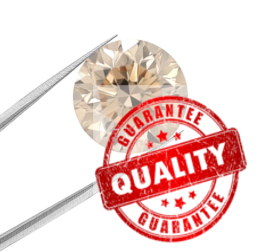 |
At Kulsen & Hennig and Dominik Kulsen AG, we place great emphasis on quality. We are known and appreciated by our customers for this. We strongly believe that our stones should be both beautiful and of the highest quality. The following characteristics receive special attention from us: |
Colour:
Our top priority is of course a stone’s colour! Diamonds are the gemstone with the widest colour spectrum, and this most precious of all gemstones does not only occur in pure colours, such as Fancy Yellow and Fancy Green, but also in so-called mixed colours. This can result in so many colour combinations and shades that one stone is rarely ever the same as another. We are committed to finding the brightest, most beautiful colours and colour blends in stones that shine and never appear dull.
Cut:
A well-executed and symmetrical cut is essential in not only colourless diamonds, but also in Natural Fancy Coloured Diamonds. If a diamond isn’t cut well, it won’t develop its famous brilliance or show its colour. An incorrect cut leads to a "dead" diamond. The right cut is not only important for larger single stones, but also for small goods. Even with one point stones, a "dead" or incorrectly cut diamond would disturb the overall impression of a piece of jewellery. Therefore, all stones, no matter how small, must meet the quality standard for a correct cut.
Clarity:
For Natural Fancy Coloured Diamonds, clarity is important, but it is not the first priority, as is often the case with colourless diamonds. In the case of diamonds with high colour intensity, especially, small inclusions will not detract from the stones’ appearance. It is important, however, that there be no tension in the stone so that the diamond does not crack due to the stress when set or worn.
Ultimately, it is the overall impression of the stone that determines whether or not it meets our high quality standards. It is important that the colour, cut, clarity and brilliance create a harmonious combination that makes the stone something special. Diamonds captivate with their particularly graceful appearance and their unsurpassed elegance. To achieve this high degree of beauty, everything simply must be right!
|
|
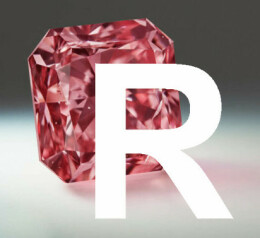 |
In the section on "Pink", we touched briefly on the exciting topic of "Red Diamonds". A pink diamond with sufficient colour intensity becomes a red diamond. Since this happens extremely rarely in nature, only a handful of these special stones have been found so far. This makes red - as already mentioned - the rarest diamond colour in the world! |
The most expensive and largest red diamond in the world is the Moussaieff Red Diamond.
The discovery of this red diamond dates back about a quarter of a century. In the 1990s, the stone was discovered by chance by a farmer in a river in eastern Brazil. When it was found, the uncut diamond weighed 13.90 ct. Later cut into a "Triangular Brilliant" shape, the red gemstone now
weighs 5.11 ct. |
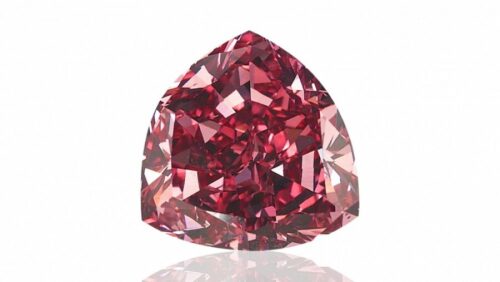 |
The Moussaieff diamond is remarkable not only for its weight, but also for its extremely rare colour, a pure "Fancy Red", with no tinge of brown, yellow or purple. Another factor that contributes to the value of this red diamond is its clarity, graded by the GIA as "Internally Flawless” (IF). This rating is awarded to diamonds that show no internal flaws even when magnified 10 times.
The red diamond has been known as the Moussaieff Red Diamond since 2001, when the jeweller Shlomo Moussaieff acquired the stone for an estimated 8 million US dollars.
|
|
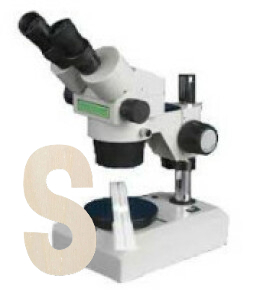 |
The Sortoscope is, right after our magnifying glass, diamond tweezers and the right light, our most important working tool.
This indispensable tool is a sort of microscope with multiple magnification which we use to individually examine the quality of each diamond before purchase from our suppliers. This applies all of our stones, from the very smallest to largest.
The advantage of this microscope is that it illuminates the diamond from both above and below. This ensures that we do not miss any inclusions, natural imperfections, or cracks in the stone. At the same time, the diamond can be checked for the quality of its cut, polish, and symmetry. |
A support rail is moved through the device, making it easy to line up the stones, no matter how small, and check them all individually, one after the other. This way, we are sure to select for you only those stones that meet our high quality standards in terms of colour, cut, and clarity. Of course, this is a very time-consuming process, but we think it is worth it!
Of the many small stones we look at with the help of the Sortoscope, only less than 10 per cent make it into our inventory. |
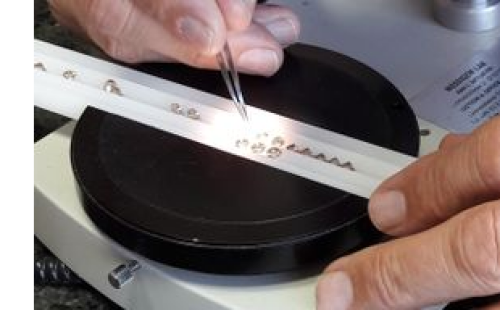 |
|
|
Round Brilliant / GIA 7362015132
Fancy Deep Yellowish Orange / 1.01 ct / P1 / 6.28 - 6.32 x 4.06 mm
Radiant / GIA 2175493207
Fancy Pink Purple / 0.50 ct / SI1 / 5.14 x 4.19 x 2.58 mm
Round Brilliant / GIA 2215267145
Fancy Intense Yellow / 0.53 ct / VS2 / 5.05 - 5.08 x 3.26 mm
Cushion / GIA 5212322828
Fancy Gray / 0.70 ct / SI1 / 4.91 x 4.74 x 3.31 mm
Princess
Medium Champagne C3 / 1.66 ct / VVS / 6.42 x 6.21 x 4.62 mm
Radiant / Herkunftszertifikat Argyle RTARG 108293
Dark Champagne C6 / 2.11 ct / VS / 7.26 x 6.93 x 4.65 mm
Round Brilliant / GIA 2406479881
Light Gray / 2.80 ct / SI2 / 8.97 - 9.04 x 5.59 mm
Cushion
Medium Champagne C3 / 3.10 ct / VVS / 8.57 x 8.05 x 5.57 mm
Square (Step Cut/Cut Corner)
Medium Champagne C3 / 3.52 ct / VVS / 8.07 x 8.06 x 5.73 mm
|
|
|
